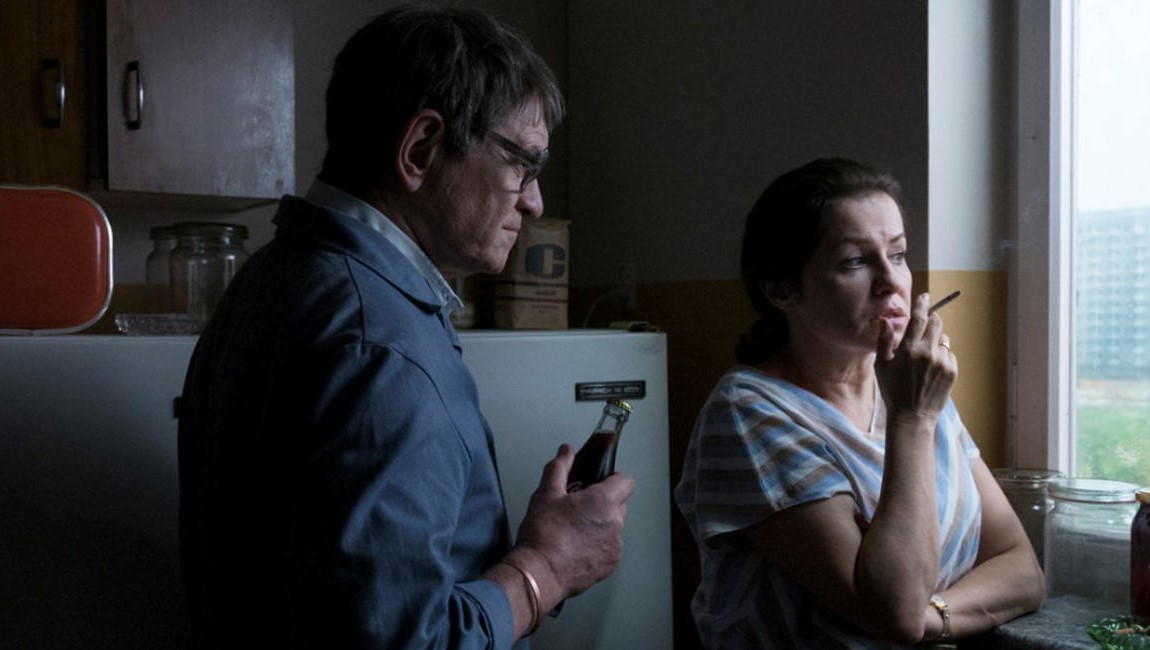Let the Sunshine In is an exquisite romantic comedy in part because its laughs are sad and its sadness is funny. Claire Denis isn’t a filmmaker to let the complexity of the human emotions she either captures physically, or insinuates psychologically, settle into easy interpretation and understanding; her latest shades its relationship dynamics with existential panic, insecurities, unabashed biases of class, and, of course, an intimate understanding of the sexual politic. Juliette Binoche provides the perfect gateway drug for Denis into the realm of the rom-com: in both body and mind, Binoche’s Isabelle — a divorced Parisian artist who flits rather fickly from one romantic partner to the next — always commands the audience’s attention and curiosity. And Denis meets her star’s quixotic, swooning screen presence with subtle adaptations of her filmmaking to this new genre form. A scene of escalating banter between Isabelle and the rude, married business man that she’s been hate-fucking offers a variation of the shot-reverse-shot grammar that the actors’ blocking would typically call for, as Denis opts for a single take that floats back and forth dreamily, but also with a sense of needling anxiety.
Auteurist signifiers serve the purpose of affirming that Let the Sunshine In is less a proper narrative than a very personally furnished artist’s-space, inside which Denis essentially conducts an exercise — a vignette-like assemblage of romantic situations.
Denis and her co-screenwriter, novelist and playwright Christine Angot, have stated that their inspiration for Let the Sunshine In came from Roland Barthes’s 1977 book A Lover’s Discourse: Fragments, but their own “fragments” form a kind of loose interpretations that’s often accented by little allusions to Denis’s own work and its constituent parts: Isabelle has a framed image that resembles the bloodied wall from Trouble Every Day hanging in her apartment, and at an art gallery, she and a potential romantic interest (Denis regular Alex Descas) admire and discuss Skies, September ’10—September ’11, a painting by go-to Denis composer Stuart Staples’s wife, Suzanne Osborne. There’s also a smoldering slow-dance in Let the Sunshine In — taking place at a night club and set to Etta James’s “At Last” — that recalls similarly disarming dance scenes from 2009’s 35 Shots of Rum and 2000’s Beau Travail. These auteurist signifiers serve the purpose of affirming the notion that Let the Sunshine In is less a proper narrative than a very personally furnished artist’s-space, inside which Denis essentially conducts an exercise — a vignette-like assemblage of romantic situations. Isabelle is the only real character here, the one fully dimensional personality; the rest of the people onscreen seem specifically designed to fill broadly-defined types, and for Binoche’s character to formulate reactions to those types. Which is why the finale of Let the Sunshine In, which does finally introduce another character of equal or greater agency as Isabelle, feels so revelatory, and sends the film hurtling down a rabbit hole of new possibilities.
You can currently stream Claire Denis’s Let the Sunshine In on Hulu.







